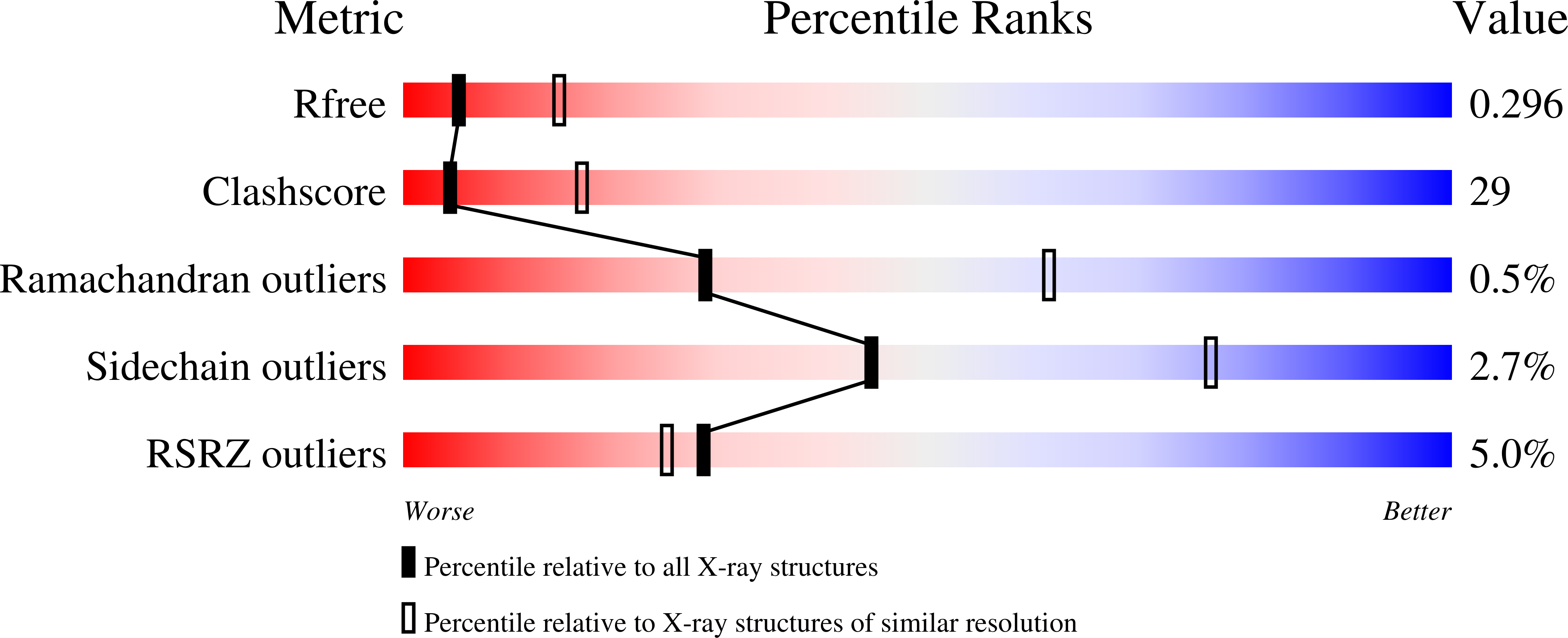
Deposition Date
2020-03-08
Release Date
2020-11-25
Last Version Date
2024-03-06
Entry Detail
Biological Source:
Source Organism:
Saccharomyces cerevisiae (strain YJM789) (Taxon ID: 307796)
Host Organism:
Method Details:
Experimental Method:
Resolution:
2.90 Å
R-Value Free:
0.30
R-Value Work:
0.22
R-Value Observed:
0.23
Space Group:
P 43 21 2


